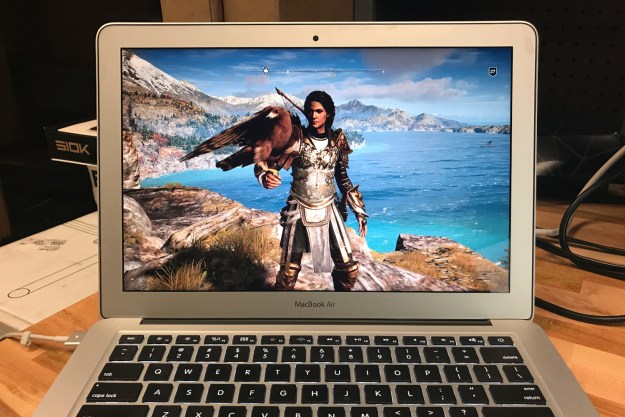Nvidia announced today that it’s bringing Fortnite back to Apple platforms with an open beta on Android and iOS devices through its cloud gaming service, Nvidia GeForce Now. This limited-time testing will take place on the Nvidia GeForce Now Android app and the iOS Safari web browser. Note that it’s the Apple web browser, not an app.
GeForce Now members can sign up for the open beta before it starts next week. However, there’s limited space available, so everyone who signs up won’t necessarily receive an invite. Those who want to participate but don’t yet have a Nvidia GeForce Now account can sign up for free.
Nvidia’s cloud gaming service doesn’t cost anything for its basic subscription, though paid tiers offer more perks such as longer session lengths and the potential for higher resolution graphics. Though GeForce Now offers PC and mobile options, its Fortnite beta is specifically for mobile devices and implements touch controls.
Fortnite returning to iOS in such a roundabout way is especially hilarious given Apple and Epic Games’ recent feud from last year. Apple removed Fortnite from its App Store back in 2020 for breaking its developer agreement and setting up a system that prevents Apple from receiving a cut of its revenue from in-app purchases. The incident escalated into the famed Apple vs. Epic court case, which turned into somewhat of an online exhibition. As a result, Fortnite stayed banned from the App Store. Todd Sweeney even alleged that Apple blacklisted Fortnite from the storefront for five years.
It’s unclear exactly when the Fornite beta will start next week. Interested fans can still signup for the waitlist through the Nvidia website.
Editors' Recommendations
- Nvidia just made GeForce Now so much better
- PC Game Pass will leverage GeForce Now in the coming months
- GeForce Now upgrades to RTX 4080 for 4K 240Hz cloud gaming
- A Plague Tale: Requiem heading to GeForce Now with ray tracing
- Tencent and Logitech are making a cloud gaming handheld device




